Maximilian T. Fischer
A Multimedia Analytics Model for the Foundation Model Era
Apr 10, 2025
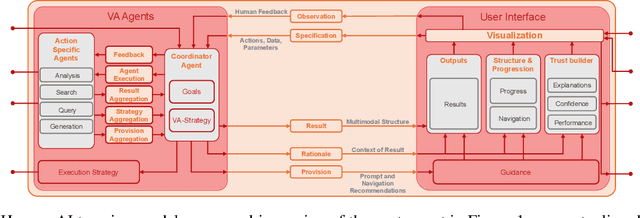
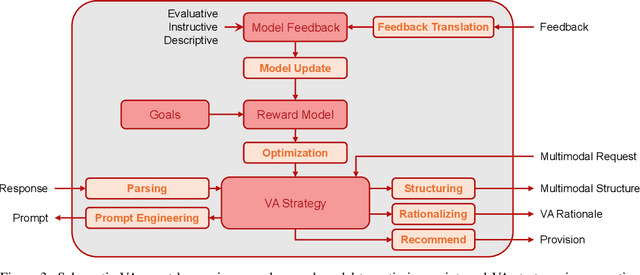
Abstract:The rapid advances in Foundation Models and agentic Artificial Intelligence are transforming multimedia analytics by enabling richer, more sophisticated interactions between humans and analytical systems. Existing conceptual models for visual and multimedia analytics, however, do not adequately capture the complexity introduced by these powerful AI paradigms. To bridge this gap, we propose a comprehensive multimedia analytics model specifically designed for the foundation model era. Building upon established frameworks from visual analytics, multimedia analytics, knowledge generation, analytic task definition, mixed-initiative guidance, and human-in-the-loop reinforcement learning, our model emphasizes integrated human-AI teaming based on visual analytics agents from both technical and conceptual perspectives. Central to the model is a seamless, yet explicitly separable, interaction channel between expert users and semi-autonomous analytical processes, ensuring continuous alignment between user intent and AI behavior. The model addresses practical challenges in sensitive domains such as intelligence analysis, investigative journalism, and other fields handling complex, high-stakes data. We illustrate through detailed case studies how our model facilitates deeper understanding and targeted improvement of multimedia analytics solutions. By explicitly capturing how expert users can optimally interact with and guide AI-powered multimedia analytics systems, our conceptual framework sets a clear direction for system design, comparison, and future research.
Leveraging Color Channel Independence for Improved Unsupervised Object Detection
Dec 19, 2024


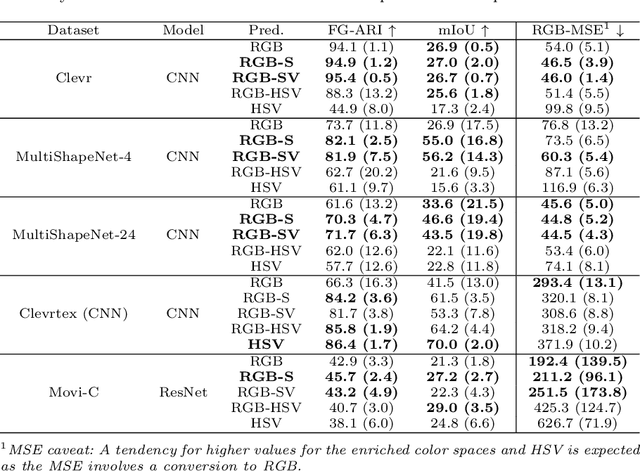
Abstract:Object-centric architectures can learn to extract distinct object representations from visual scenes, enabling downstream applications on the object level. Similarly to autoencoder-based image models, object-centric approaches have been trained on the unsupervised reconstruction loss of images encoded by RGB color spaces. In our work, we challenge the common assumption that RGB images are the optimal color space for unsupervised learning in computer vision. We discuss conceptually and empirically that other color spaces, such as HSV, bear essential characteristics for object-centric representation learning, like robustness to lighting conditions. We further show that models improve when requiring them to predict additional color channels. Specifically, we propose to transform the predicted targets to the RGB-S space, which extends RGB with HSV's saturation component and leads to markedly better reconstruction and disentanglement for five common evaluation datasets. The use of composite color spaces can be implemented with basically no computational overhead, is agnostic of the models' architecture, and is universally applicable across a wide range of visual computing tasks and training types. The findings of our approach encourage additional investigations in computer vision tasks beyond object-centric learning.
Cutting Through the Clutter: The Potential of LLMs for Efficient Filtration in Systematic Literature Reviews
Jul 15, 2024



Abstract:In academic research, systematic literature reviews are foundational and highly relevant, yet tedious to create due to the high volume of publications and labor-intensive processes involved. Systematic selection of relevant papers through conventional means like keyword-based filtering techniques can sometimes be inadequate, plagued by semantic ambiguities and inconsistent terminology, which can lead to sub-optimal outcomes. To mitigate the required extensive manual filtering, we explore and evaluate the potential of using Large Language Models (LLMs) to enhance the efficiency, speed, and precision of literature review filtering, reducing the amount of manual screening required. By using models as classification agents acting on a structured database only, we prevent common problems inherent in LLMs, such as hallucinations. We evaluate the real-world performance of such a setup during the construction of a recent literature survey paper with initially more than 8.3k potentially relevant articles under consideration and compare this with human performance on the same dataset. Our findings indicate that employing advanced LLMs like GPT-4o, Claude 3.5 Sonnet, Gemini 1.5 Flash, or Llama3 with simple prompting can significantly reduce the time required for literature filtering - from usually weeks of manual research to only a few minutes. Simultaneously, we crucially show that false negatives can indeed be controlled through a consensus scheme, achieving recalls >98.8% at or even beyond the typical human error threshold, thereby also providing for more accurate and relevant articles selected. Our research not only demonstrates a substantial improvement in the methodology of literature reviews but also sets the stage for further integration and extensive future applications of responsible AI in academic research practices.
MelodyVis: Visual Analytics for Melodic Patterns in Sheet Music
Jul 07, 2024



Abstract:Manual melody detection is a tedious task requiring high expertise level, while automatic detection is often not expressive or powerful enough. Thus, we present MelodyVis, a visual application designed in collaboration with musicology experts to explore melodic patterns in digital sheet music. MelodyVis features five connected views, including a Melody Operator Graph and a Voicing Timeline. The system utilizes eight atomic operators, such as transposition and mirroring, to capture melody repetitions and variations. Users can start their analysis by manually selecting patterns in the sheet view, and then identifying other patterns based on the selected samples through an interactive exploration process. We conducted a user study to investigate the effectiveness and usefulness of our approach and its integrated melodic operators, including usability and mental load questions. We compared the analysis executed by 25 participants with and without the operators. The study results indicate that the participants could identify at least twice as many patterns with activated operators. MelodyVis allows analysts to steer the analysis process and interpret results. Our study also confirms the usefulness of MelodyVis in supporting common analytical tasks in melodic analysis, with participants reporting improved pattern identification and interpretation. Thus, MelodyVis addresses the limitations of fully-automated approaches, enabling music analysts to step into the analysis process and uncover and understand intricate melodic patterns and transformations in sheet music.
Video-based Analysis of Soccer Matches
May 11, 2021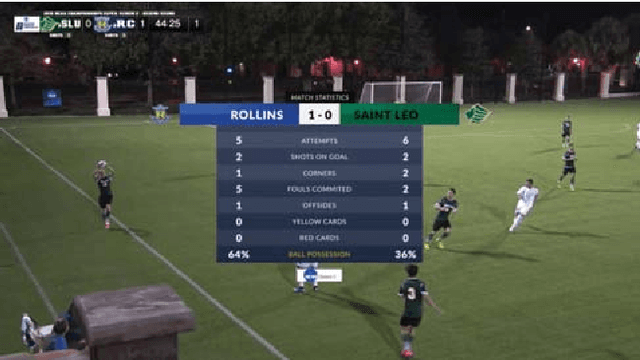
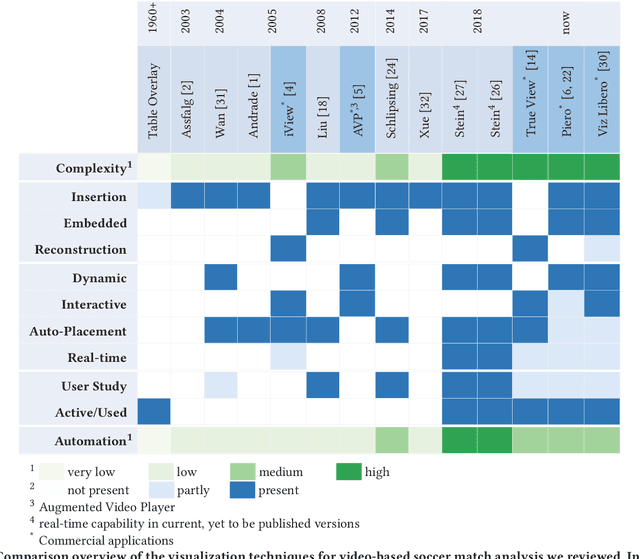
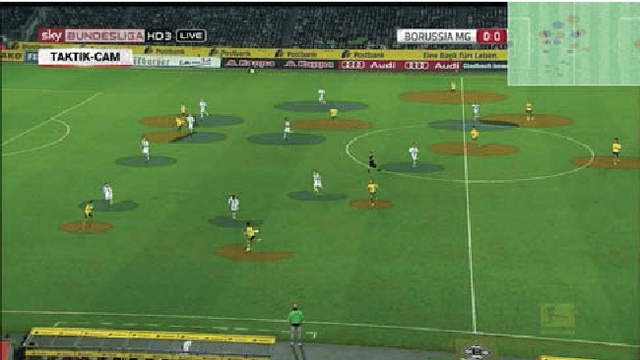

Abstract:With the increasingly detailed investigation of game play and tactics in invasive team sports such as soccer, it becomes ever more important to present causes, actions and findings in a meaningful manner. Visualizations, especially when augmenting relevant information directly inside a video recording of a match, can significantly improve and simplify soccer match preparation and tactic planning. However, while many visualization techniques for soccer have been developed in recent years, few have been directly applied to the video-based analysis of soccer matches. This paper provides a comprehensive overview and categorization of the methods developed for the video-based visual analysis of soccer matches. While identifying the advantages and disadvantages of the individual approaches, we identify and discuss open research questions, soon enabling analysts to develop winning strategies more efficiently, do rapid failure analysis or identify weaknesses in opposing teams.
* 9 pages, 4 figures, 1 table, 2nd International Workshop on Multimedia Content Analysis in Sports (MMSports '19)
 Add to Chrome
Add to Chrome Add to Firefox
Add to Firefox Add to Edge
Add to Edge